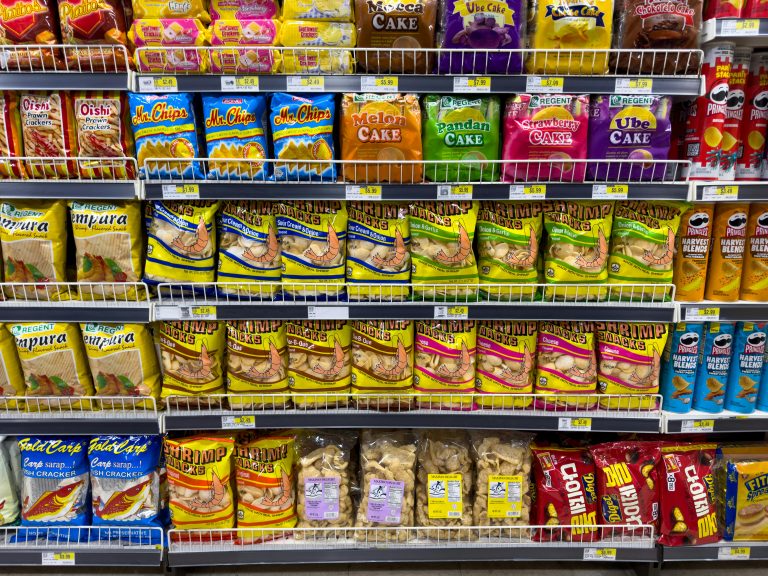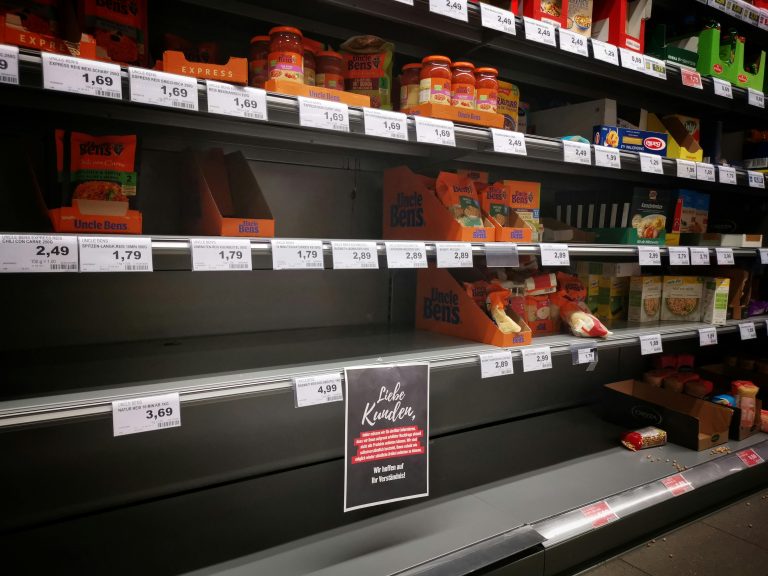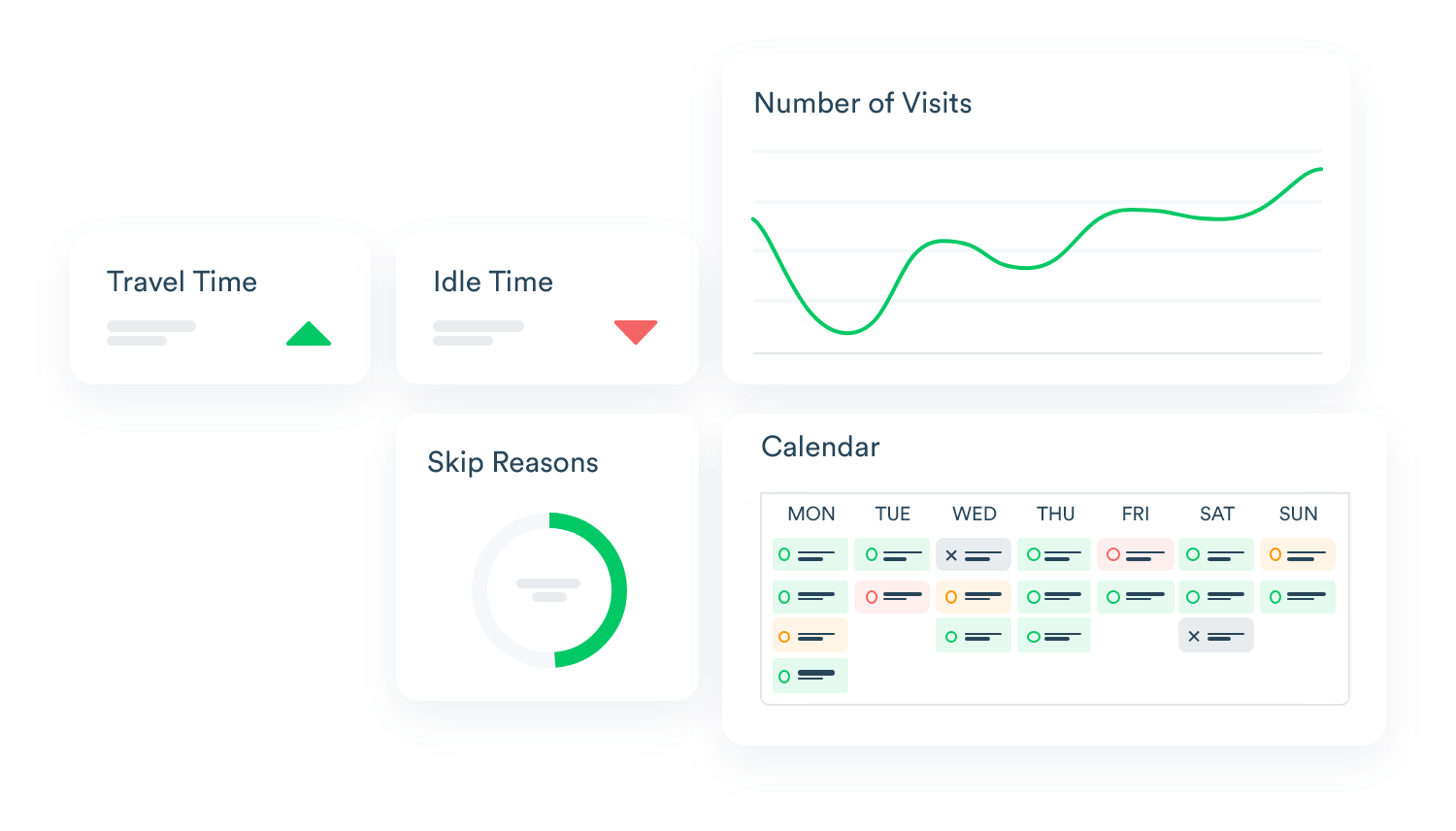In the fiercely competitive retail landscape, the store shelf is the ultimate battleground where brands win or lose. What happens at this critical point of purchase dictates success or failure. Consider this: a staggering 25% of in-store sales are lost simply due to poor Retail Execution.
This highlights the immense financial stakes tied to in-store excellence and the pursuit of what many call the “perfect store“—an environment where products are always available, perfectly presented, and promotions are flawlessly executed.
The Unseen Battle on the Retail Shelf
Given these high stakes, brands are increasingly turning to transformative technologies. Among these, Image Recognition (IR) is emerging as a true game-changer. Image Recognition in retail is an AI-driven technology that meticulously analyzes photos or videos of store shelves. Its purpose is to identify products, accurately measure shelf conditions, and rigorously monitor compliance with visual merchandising standards.
This technology enables fast, precise shelf audits, effectively eliminating the need for time-consuming and often error-prone manual checks. This post will delve into why IR is indispensable for modern Retail Execution, explore how it addresses critical challenges that plague traditional approaches.
The Cost of Imperfect Retail Execution
Why Flawless Retail Execution is Non-Negotiable
Flawless Retail Execution is not just a desirable goal; it’s a fundamental requirement for survival and growth in today’s retail environment. The objectives are clear: enhancing the customer experience to foster loyalty, boosting sales through optimal product availability and presentation, improving brand loyalty by delivering consistent positive experiences, optimizing inventory management to reduce waste and maximize profits, and ultimately, staying competitive in a crowded market. When execution falters, the consequences ripple through the entire business, impacting not just immediate sales but also long-term brand health and customer relationships.
The Common Culprits: Pain Points in Traditional Retail Execution
Despite the clear importance of stellar Retail Execution, brands consistently grapple with several pervasive challenges when relying on traditional methods:
- Out-of-Stocks (OOS): Empty shelves are a retailer’s nightmare and a common frustration for shoppers. The average worldwide OOS rate stands at a significant 8.3%. The customer reaction to an OOS situation is telling: 31% will purchase the item at a different store, and 26% will switch to a competitor’s brand. These are direct losses of sales and potential long-term customers. A primary cause for OOS is late shelf replenishment, accounting for 25% of OOS situations globally.
- Planogram Non-Compliance: A Planogram is the blueprint for product placement on shelves, designed to maximize visibility and sales. However, ensuring adherence is a major hurdle. When products are not where they are supposed to be, they become invisible to the shopper, leading directly to missed sales opportunities. This low Planogram compliance significantly contributes to poor Shelf Availability and undermines the effectiveness of promotions, creating a cascade effect that impacts sales, customer experience, and overall brand perception.
- Promotion Management Failures: Brands invest heavily in promotional activities, but a staggering 90% of companies fail to deliver on their in-store promotional strategy. Furthermore, only 48% of consumer goods leaders report that their merchandising and marketing plans are executed as intended at their retail locations. This means a vast majority of marketing expenditure is effectively wasted due to poor execution at the shelf level, often exacerbated by the aforementioned lack of Planogram adherence.
- Lack of Real-Time Data & Visibility: Traditional Retail Execution often suffers from a dearth of timely information. “Without timely insights, decision-making becomes reactive rather than proactive”. This inability to see what’s happening on the shelves now prevents swift responses to emerging issues like OOS or compliance deviations, allowing problems to fester and losses to accumulate. This lack of real-time data is a foundational issue that underpins many other execution failures.
- Inconsistent Execution Across Stores: Maintaining uniform standards and execution quality across numerous, often geographically dispersed, retail outlets is a formidable challenge. This inconsistency can lead to a fragmented brand experience for customers.
- Manual, Time-Consuming Audits: The traditional method of checking shelves involves field representatives manually inspecting products, counting stock, and verifying placements. These manual audits are inherently slow, labor-intensive, and prone to human error, leading to inaccurate data and inefficient use of valuable field team resources.
The Quantifiable Damage: Beyond Just Lost Sales
Like what your reading?
Take a moment to subscribe before continuing and never miss out on exclusive insights, news, and case studies.
Image Recognition: Bringing Clarity and Control to the Shelf
Image Recognition: Your Eyes in Every Store
Given these significant and costly challenges, the critical question for brands is how to regain control and ensure their meticulously planned strategies are perfectly executed in every store, every day. The answer lies in the transformative power of Image Recognition (IR). This technology acts as a brand’s vigilant eyes and ears on the ground, providing unprecedented visibility and control over the retail environment.
To What Extent Can Image Recognition Be Applied in Retail?
At its core, Image Recognition analyzes photos or videos captured from store shelves to automatically identify products, measure a wide array of shelf conditions (like stock levels and product facings), and monitor compliance with visual merchandising standards and planograms. This sophisticated capability is built upon advanced algorithms and machine learning techniques.
The process, though technologically advanced, can be understood in three key stages:
- Image Capture: High-quality images or videos of the shelves are captured. This is typically done using standard smartphones or tablets operated by field representatives, or through fixed smart cameras installed in-store.
- AI Analysis: These captured images are then processed by powerful deep learning models. These models are trained on vast datasets of product images and can recognize SKUs, count product facings, assess compliance with promotional displays, and flag anomalies or discrepancies with remarkable accuracy—often exceeding 95%. This analytical engine relies on a combination of computer vision, deep learning, and broader artificial intelligence principles.
- Actionable Insights: The raw data extracted from the images is aggregated, analyzed, and then presented to brand managers and field teams in an intuitive, user-friendly format. This usually takes the form of dashboards, reports, and real-time alerts. These custom dashboards and alerts provide the specific insights needed to optimize Retail Execution and drive revenue growth.
The Transformative Benefits of IR in Retail Execution
The adoption of IR technology translates into a multitude of tangible benefits that directly address the pain points of traditional Retail Execution:
- Ensuring Shelf Availability & Slashing Out-of-Stocks: IR systems capture and analyze shelf images in mere seconds, accurately identifying on-shelf availability (OSA) for each SKU in every store. This real-time data empowers product merchandisers to implement smarter, more timely restocking procedures. Furthermore, IR helps pinpoint the root causes of out-of-stocks, enabling quick and effective remediation.
- Achieving Planogram Perfection: IR solutions automatically verify whether store shelves align with the designated store-level planograms. Any discrepancies are immediately flagged, allowing teams to take prompt corrective action. The technology enables retailers to scan shelves, detect product placements, and compare real-time shelf conditions against these pre-defined planograms. Maintaining Planogram compliance is crucial as it ensures optimal product visibility and directly contributes to increased sales. Retailers who have implemented IR for Planogram compliance have seen up to a 40% improvement in product placement accuracy.
- Optimizing Promotion Management and Compliance: Effective Promotion Management hinges on correct in-store execution. IR can verify that promotional signage is correctly placed, that featured products are available in sufficient quantities, and that all promotional materials, such as posters and banners, are consistently displayed and aligned with campaign goals.
- Boosting Operational Efficiency & Reducing Audit Times: Manual shelf checks are a significant drain on resources. IR automates this process. Field representatives and store associates no longer need to rely on laborious manual checks. This allows staff to focus on higher-value activities such as customer engagement and sales. The shift to fast, accurate shelf audits eliminates the need for these time-consuming manual checks.
- Gaining Competitive Intelligence: IR technology extends beyond monitoring a brand’s own products. It can also provide valuable competitive intelligence by tracking competitor adjacencies, product assortments, pricing strategies, and promotional activities. A key metric here is “Share of Shelf” (SOS), which measures a brand’s visibility relative to its competitors. Image Recognition and object detection help CPG brands digitize store checks to get consistent and accurate SOS data. This strategic insight allows brands to understand their market positioning better and react more effectively to competitive threats and opportunities.
The core reasons IR is so transformative lie in its ability to deliver unparalleled speed, accuracy, and comprehensiveness in data collection and analysis—precisely the areas where traditional methods fall short. This technology moves beyond simple operational fixes to offer broader strategic advantages, elevating its importance from a mere auditing tool to an indispensable business intelligence resource.
Shelvz: Pioneering AI-Powered Retail Execution Excellence
Introducing Shelvz: Your Partner for a Perfect Store Strategy
Understanding the immense power of Image Recognition is the first step; effectively harnessing that power to drive tangible business outcomes is the next, more critical one. This is where Shelvz steps in. Shelvz offers a comprehensive Retail Execution platform meticulously designed to transform raw shelf-level data into actionable growth strategies.19 It’s an all-in-one retail execution software solution engineered to boost CPG portfolio visibility, enhance team efficiency, and equip brands with the right tools to take quick and decisive action in the marketplace.19
A central tenet of the Shelvz philosophy is the pursuit of the “perfect store”—a retail environment where every element is optimized for sales and customer satisfaction.2 Shelvz posits that “achieving the perfect store…is becoming rather feasible and easier to maintain, thanks to advanced retail execution solutions like those offered by Shelvz”.2
How Shelvz's Image Recognition Delivers Superior In-Store Results
Shelvz has integrated sophisticated Image Recognition and AI capabilities at the heart of its platform to deliver superior in-store results across all key aspects of Retail Execution:
- On-Shelf Availability (OSA): A cornerstone of the Shelvz merchandising solution is its ability to ensure products are consistently available to shoppers. Field representatives are empowered to “audit shelves in real-time, capture photos, and log stockouts instantly.” This immediate data flow enables managers to make “quick decisions on restocking and distribution,” directly minimizing lost sales due to OOS situations.
- Planogram Compliance: Shelvz provides comprehensive planogram compliance reports, ensuring that products are displayed exactly as intended to maximize visibility and appeal. The platform’s visual recognition tools meticulously assess whether displays are compliant with the defined planograms, flagging any deviations for immediate correction.
- Portfolio Visibility & Shelf Share: Shelvz empowers users to visualize their entire product range through an intuitive interface, which allows for effective monitoring of shelf share. The merchandising solution is designed to ensure that every product in a brand’s lineup receives appropriate shelf space and optimal positioning, thereby maximizing overall portfolio visibility and sales potential.
Elevate Your Retail Execution with Shelvz
Perfect Retail Execution is essential for success in today’s demanding retail environment. Traditional methods, often manual and reactive, consistently fall short of delivering the consistency and accuracy required. Image Recognition (IR) has emerged as the definitive solution, bringing unprecedented clarity and control to the complexities of the retail shelf. Among the providers leading this technological charge, Shelvz offers a premier Image Recognition-powered platform designed to elevate every facet of your in-store strategy.
What sets Shelvz apart is not just the power of our technology, but our commitment to your success. Our user-friendly platform, consistently praised for its ease of use and backed by expert customer support, makes it simple to implement and scale AI-powered Image Recognition across your operations. This ensures you can confidently achieve your ‘perfect store’ vision, enhance brand loyalty, and significantly boost your bottom line. Explore Shelvz today to see it in action.



